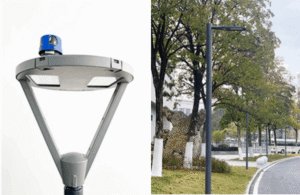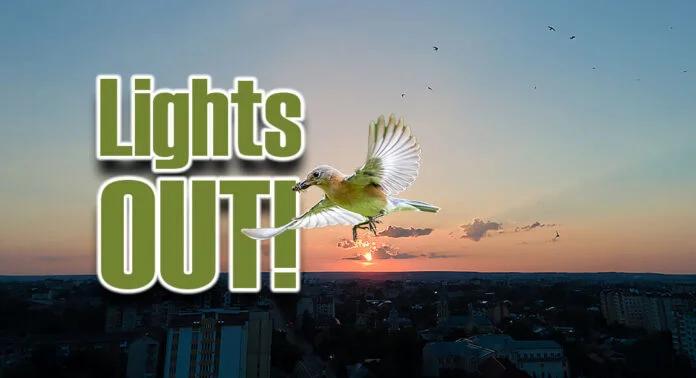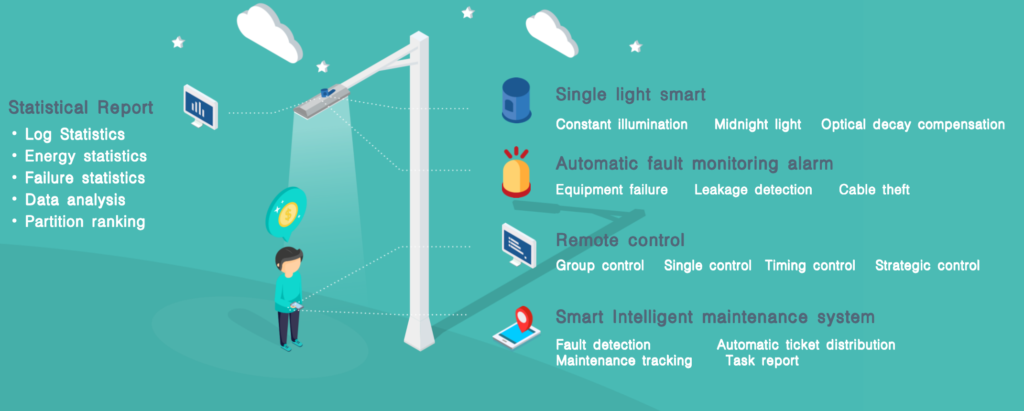Outline
- Introduction
- Why Are Photocell Sensors the Preferred Choice for Street Lighting Projects?
- What Are Timer-Function Controllers and Where Are They Typically Used?
- How Should Different Types of Light Photocell Sensors Be Selected for Specific Needs?
- How Do Technical Specifications Vary Across Different Controllers?
- What Are the Typical Application Scenarios for Each Controller Type?
- How Do Installation and Maintenance Considerations Influence Controller Selection?
- How Are Photocontrollers Evolving to Support Intelligent Lighting Systems?
- Final Words
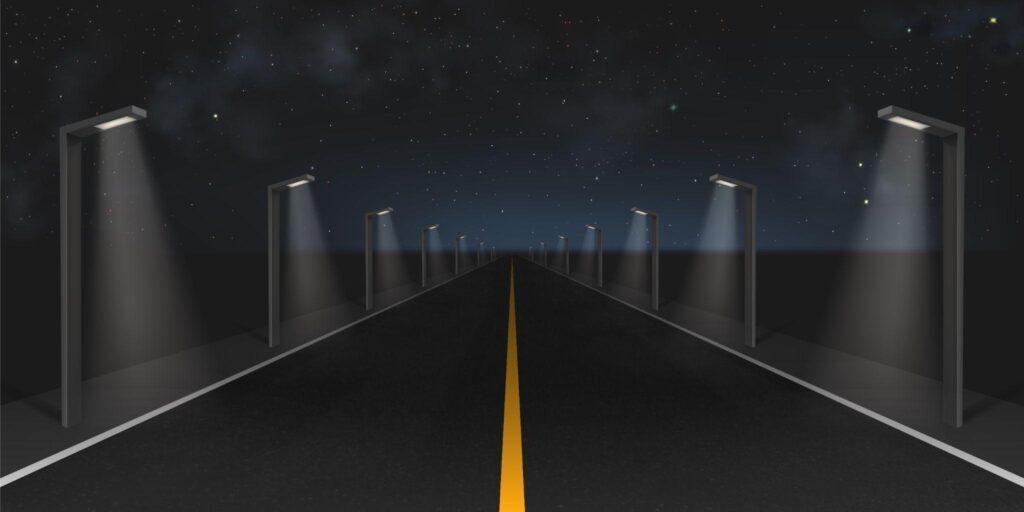
Why do so many street light projects rely on individual photocontrollers instead of timer-function controllers? It’s not just a random choice. The control method directly affects energy efficiency, maintenance schedules, and public safety.
Photocontrollers automatically respond to real-world light changes, while timer systems follow preset schedules. This difference shapes how each technology performs in real outdoor environments.
In this article, we’ll break down their features, compare technical details, and explore why photocontrollers remain the preferred choice for modern urban lighting.
Why Are Photocell Sensors the Preferred Choice for Street Lighting Projects?
Long Join lighting controls use a photosensor to detect ambient light levels. They switch the street light on or off based on preset lux thresholds. Their key features include:
- A built-in surge arrester. This protects against voltage spikes.
- A time delay of 3–20s. This is to avoid flicker from transient light changes.
How Do 205C and 207C Models Compare in Performance?
| Specification / Feature | 205C | 207C |
| Suitable LED fixture range | 75 W – 1000 W | <1800 W |
| Surge protection capability | 4 kV / 2 kA | 6 kV / 3 kA |
| Voltage range/compatibility | 110–277 VAC / multi-voltage | 110–277 VAC / multi-voltage |
| Key added feature | Basic analog switching, delay, and MOV | More robust protection, durability, and similar switching logic |
Global Application Trends of 205C and 207C Photocell Switches?
The 205C and 207C models see wide adoption in overseas street lighting projects, especially in Asia and Latin America.
Their analog control simplicity and broad voltage compatibility make them favored for municipal upgrades. Their strong presence comes from reliability, cost balance, and compliance with ANSI or similar standards.
How Do Light Sensor Switch Preferences Differ Between Municipal and Commercial Lighting Projects?
In municipal projects, reliability, longevity, and fault tolerance are critical. Planners prefer photoelectric sensors with higher surge protection and load tolerance because public lighting must run with minimal failures.
In commercial lighting, cost control and lower initial investment often dominate. So lighter models with simpler specs (like 205C) are more common, especially where power and environmental stresses are lower.
What Are Timer-Function Controllers and Where Are They Typically Used?
Manual Timer Controls
These devices use a physical dial or switch to set fixed ON/OFF times. They have no remote adjustment. If daylight changes (e.g., seasons), settings must be reset manually.
Remote Timer Controls
These allow schedule changes via remote signals (e.g., RF, wired). You can reprogram them from a control center. They still lack real-time ambient light feedback.
How Are Smart Timer Controllers Applied in Overseas Lighting Projects?
Smart timer controllers combine time scheduling with environmental sensing and communication.
In some Asian and European projects, such controllers adapt switch times based on sunrise/sunset data, send status updates, and allow remote reprogramming. They serve as a halfway solution before full IoT integration.
What Are the Application Scenarios and Limitations of Manual Timer-Function Controllers?
- Best for small rural networks without variable daylight needs
- Useful where the power grid is simple and static
- Cannot adapt to seasonal shifts
- Prone to energy waste during unplanned dark/cloudy periods
- Requires frequent manual maintenance or recalibration
How Should Different Types of Light Photocell Sensors Be Selected for Specific Needs?
| Feature / Specification | 205C (Standard) | 207C (Mid-Range) | 2045CN (Smart) |
| Use case/load range | Low-power LED fixtures (35–60 W) | Medium LED loads (60–150 W) | Wide range plus remote control & dimming |
| Surge protection | 4 kV / 2 kA | 6 kV / 3 kA | 10 kV / 5 kA (higher protection) |
| Communication / remote control | None | None | Supports remote control, data collection, IoT integration (NB-IoT, etc.) |
| Dimming support | No (simple on/off) | No | Yes (1–10 V, PWM dimming modes) |
| Delay/flicker suppression | Basic delay (a few seconds) | Similar to improved stability | Intelligent delays, calibration, adaptive logic |
| Power consumption & protection | Low to moderate, good protection | Lower consumption, robust protection | Balanced consumption, higher IP/protection, smart diagnostics |
How Do Timer Controllers Compare Functionally with Photo Switch Sensors?

Timer controllers operate purely on fixed schedules. They lack ambient light sensing. They cannot adjust for weather or seasonal shifts. Photocontrollers react to real light levels in real time. They minimize wasted hours. Photocontrollers also handle unpredictable light conditions (cloudy, storms) better than timers.
What Are the Economic Cost Considerations Across Different Controller Types?
Smart photocontrollers carry higher upfront costs due to extra components (communication modules, sensors).
- Maintenance and installation for smart models cost more initially. But long-term, energy savings and reduced failures offset that.
- Standard models are good to go but but risk inefficiency.
- Mid-range models strike a balance. They are affordable and reliable.
How Do Technical Specifications Vary Across Different Controllers?
| Specification | 205C | 207C | 2045CN |
| Voltage Range | 100 – 277 VAC | 100 – 277 VAC | 100 – 277 VAC |
| Load Capacity | 8 A @ 120 VAC | 8 A @ 120 VAC | 8 A @ 120 VAC |
| Power Consumption | 3 W | 0.5 W | 2.4 W |
| Protection Grade | Standard protection | IP65 | IP66 |
| Surge Protection | 4 kV / 2 kA | 6 kV / 3 kA | 10 kV / 5 kA |
Why Is Surge Protection Capability a Critical Factor?
This is the ability of a street light controller to withstand voltage spikes. Higher surge ratings extend service life and reduce maintenance.
- 205C: offers basic protection, suitable for stable grids.
- 207C: provides stronger defense for municipal networks.
- 2045CN: ensures maximum resilience, ideal for critical smart city systems.
What Are the Typical Application Scenarios for Each Controller Type?
Requirements of Municipal Lighting Projects
Municipal lighting demands high reliability and minimal failures. Street light sensors must endure surges and weather.
The 207C model meets these requirements with stronger surge protection and robustness. It supports wide coverage areas and handles higher power fixtures reliably. Projects choose it to reduce downtime and service calls.
Commercial Lighting Projects
Commercial lighting tends toward a smaller scale and tighter budgets. Here, 205C is ideal. It offers:
- Cost-effectiveness
- Sufficient performance for low to mid-wattage LED fixtures
- Simpler specs
- Lower costs
How Are Smart Dawn-To-Dusk Switches Shaping the Future of Smart City Lighting?
- 2045CN supports remote control, enabling central dimming and scheduling.
- It gathers operational data for energy and fault analytics.
- It integrates with city systems via communication protocols like LoRa and ZigBee.
- Its smart functions reduce manual maintenance and improve system responsiveness.
How Do Installation and Maintenance Considerations Influence Controller Selection?
Installation of Different Types of Photocontrollers
- 205C / 207C: Plug-and-play; simple twist-lock or socket mount with preset wiring.
- 2045CN: Requires extra configuration (e.g., addressing, comms setup) beyond physical mounting.
Remote Management Improves Maintenance Efficiency
With 2045CN, faults are detected remotely and alerts are sent automatically. Analytics highlight patterns and underperformance. Teams can dispatch targeted maintenance instead of routine checks.
This approach reduces labor, travel, and downtime across large lighting networks.
Long Reliability
- All three models come with long lifespans of over 10 years.
- The 2045CN’s higher protection ratings and surge resilience strengthen robustness in harsh environments.
- The 207C’s sturdier specs offer more durability than 205C, especially under electrical stress.
How Are Photocontrollers Evolving to Support Intelligent Lighting Systems?
Smart Control Functions of 2045CN
The 2045CN integrates multiple intelligent functions to optimize lighting performance.
- 1–10 V & PWM Dimming: Enables adaptive brightness control for energy savings.
- Automatic Latitude/Longitude Calibration: Adjusts lighting schedules based on actual location data.
- Remote Setting: Allows centralized configuration without manual intervention.
- Live Monitoring: Provides continuous status updates for efficient network management.
Data Collection and Energy Analysis
The 2045CN records operational data such as energy consumption and fault logs. This data yields multiple benefits, like:
- Predictive maintenance and performance benchmarking
- Analysis of patterns to identify inefficiencies
- Insights that help reduce wastage and optimize lighting schedules for different zones
- Improving overall system efficiency
Integration with Broader Smart City Infrastructures
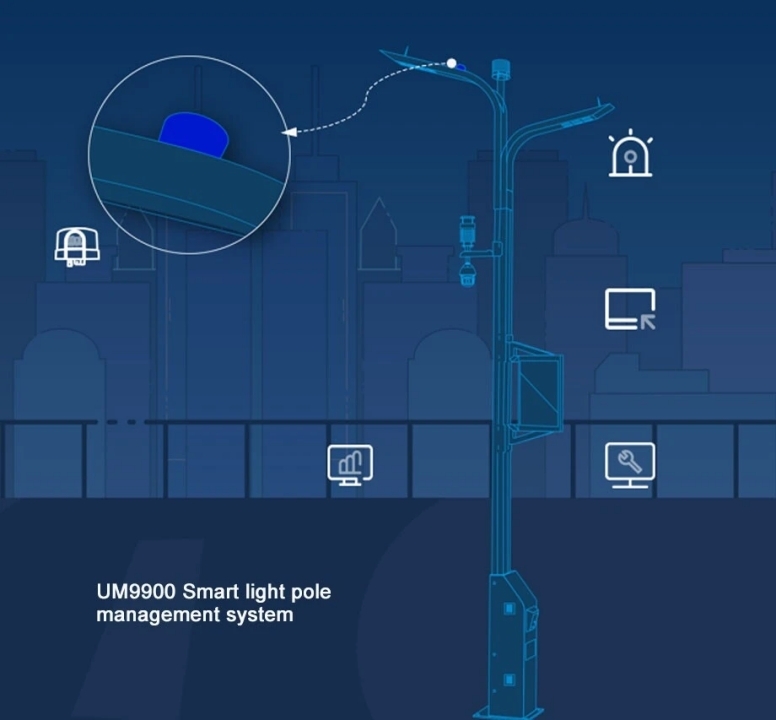
The 2045CN supports multiple communication protocols. This includes DALI, Zigbee, and LoRa. This ensures seamless integration with existing smart city platforms.
Data from streetlights can be shared with traffic and environmental systems. This unified control enables coordinated responses. Here is a table outlining details of various communication protocols.
| Protocol | Range | Power Usage | Suitable Application |
| ZigBee | 10–100 m | Low | Indoor stadiums |
| LoRaWAN | 2–5 km urban, 15+ km rural | Very Low | Outdoor fields |
| NB-IoT | Nationwide | Moderate | Citywide sports lighting |
Final Words
Smart photocontrollers are reshaping outdoor lighting with precision, efficiency, and intelligent control. Selecting the right model ensures long-term reliability and adaptability to diverse project needs. For high-quality LongJoin smart photocontrollers, Chi-Swear offers trusted solutions backed by technical expertise and dependable service.




